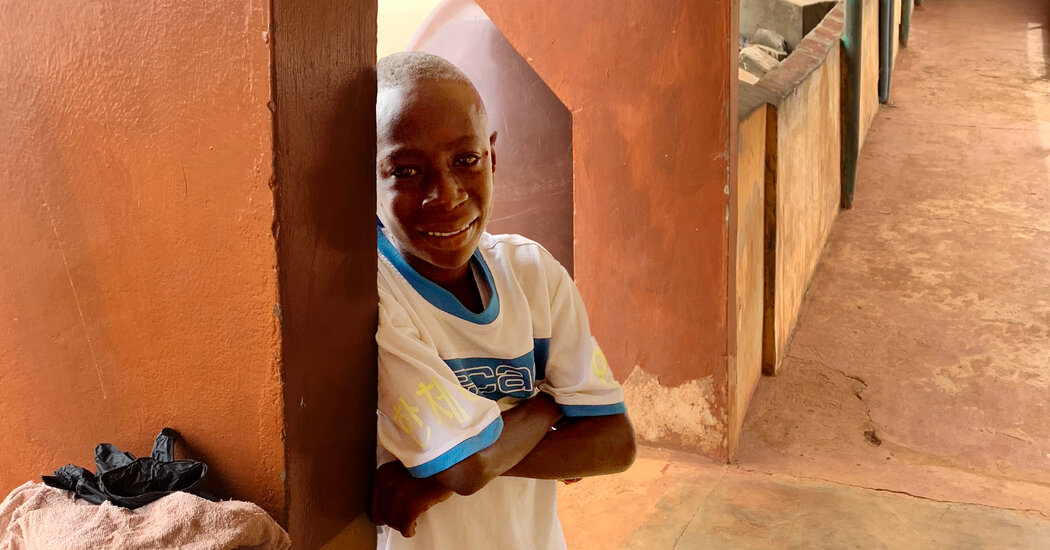Green also traces the history of the disease, which is caused by bacteria, usually attacks the lungs and for centuries indiscriminately killed both the rich and the poor. He chronicles the medical advances, most notably the arrival of effective anti-tuberculosis drugs in the 1950s, that have tamed the disease in wealthy countries. (Each year, the United States counts fewer than 10,000 cases, nearly all of which are cured.) The problem, Green writes, is that “the cure is where the disease is not, and the disease is where the cure is not.”
Green makes a thoughtful, considered case for funding tuberculosis programs in poorer countries, weighing practical arguments that might appeal to a skeptic of foreign aid: Such support pays for itself many times over, by preventing expensive infections and improving productivity. It could also safeguard the United States, by preventing the emergence of a resistant superbug that could reignite tuberculosis in wealthy countries. For his part, Green prefers not to think in these terms, focusing instead on what he sees as a moral obligation to care about other people whose lives have just as much value as our own.
In some of the book’s most compelling sections, Green tells the stories of activists like Shreya Tripathi, a teenage tuberculosis patient in India who waged a legal battle against her government to access bedaquiline, which had been restricted because of concerns about overuse and resistance. Another chapter documents an ambitious effort beginning in the 1990s by Partners in Health, a global health nonprofit for which Green is a trustee, to prove that drug-resistant tuberculosis could be cured in poorer countries with the right resources.
At times, Green can be frustratingly vague in assigning blame for the persistence of tuberculosis. The drugmaker Johnson & Johnson, which manufactures bedaquiline, makes a brief cameo when Green accuses it of price gouging and patent gaming (accusations the company has denied). But more often, Green points the finger at abstract forces like “social determinants of health” or “markets” or “our economic systems” or “choices humans made together to deny treatment to people in poor countries.” I was left wanting more about what choices were being made and who was making them.
I was also left wondering how the trajectory of tuberculosis compares with those of other infectious diseases. What’s unique to tuberculosis that makes it so intractable? What was different about other diseases that have been fully or nearly eradicated? Green is so focused on tuberculosis that he devotes little space to these questions.
